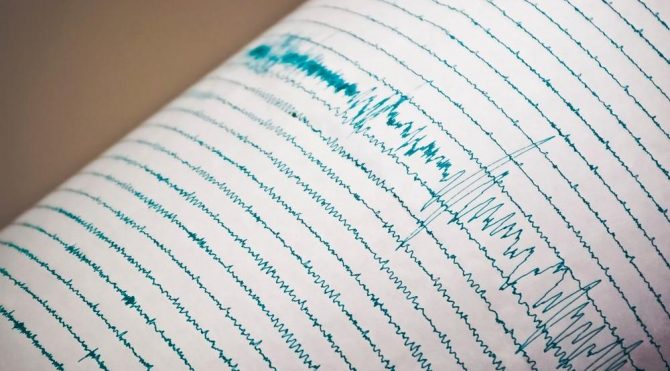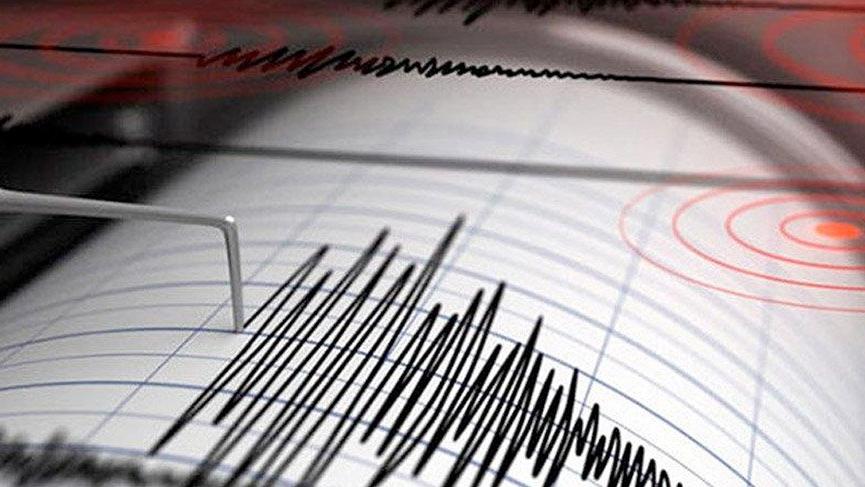adding a new one every moment of the earthquake in Turkey. Earthquakes, which have become the fearful dreams of citizens, have been mostly experienced in our provinces such as Elazığ, Malatya, Van and Manisa in recent weeks. Occasionally, deaths may occur due to the magnitude of the earthquake. So in which provinces was the last earthquake in our country? Here is the list of the latest earthquakes of AFAD and Kandilli Observatory.
WHERE WAS THE LAST EARTHQUAKES?
According to the information obtained from AFAD and Kandilli Observatory, the last earthquakes in our country were recorded as 2.3 at 19.05 in Bergama district of İzmir, while the biggest earthquake occurred at 4.7 intensity in the Mediterranean coast.
AFAD LAST EARTHQUAKES LIST
LANDSCAPE LAST EARTHQUAKES LIST
WHAT ARE THE MEASURES TO BE TAKEN BEFORE EARTHQUAKE?
– Settlement zones should be determined meticulously. Slippery and oval areas should not be opened to the port. Houses should not be built on sloping lands with loose soil. Structures should be constructed against earthquake effects. (In accordance with Construction Technique and Construction Regulation)
– Houses and buildings should not be built in places other than residential areas in the zoning plan.
– Building should not be constructed close to the steep cliffs and the steep gorges and valleys.
– Building should not be constructed on the slopes that are snowing and avalanche.
-The durability of existing buildings should be increased.
Earthquake insurance must be made to the houses.
In addition to these precautions, we should take the following precautions in placing our belongings that we use daily in order to protect from damages that may not be structural, that is, not from the building but from the building:
-The items and office materials placed on the cabinet should be fixed with plastic holders or adhesives to prevent them from falling.
-Soba and other heaters should be fixed to the wall or floor with solid materials.
-Cabinets and similar items that might fall over should be fixed to each other and to the wall. If there is a gap between the fixture and the wall, a filling material should be put together to reduce the impact.
– Ceiling and wall hanging chandelier, air conditioner etc. The devices should be hung sufficiently away from walls and windows and with hooks to carry their weight to their location.
– Cabinet doors containing heavy objects should be kept tightly closed by installing mechanical locks.
– By placing a metal profile under the white goods that can slip on the counter, they should not be prevented from slipping.
-Toxic, explosive, flammable materials must be fixed in a position that will not fall and stored in a way that will not break. Phosphorous and determinative labels should be placed on these materials.
– Elastic band or wire can be added in front of the shelves. Small objects and bottles should be placed in boxes so that they do not hit and knock over each other.
– Gas valve and electrical fuses should be automated against gas leakage and fire.
-The dangers in the roads that will be used to get out of the building urgently should be eliminated, these roads should be marked, and items that could prevent the exit should be removed from the exit road.
Wide exit routes should be created. Outward opening doors should be used, emergency exit doors should not be locked. Emergency exits should be illuminated.
– The bedsteads should not be placed near the window and heavy cabinets that may fall over, and there should not be any heavy shelves on the bed.
– “Disaster preparedness plans” should be made with the participation of all individuals (at home, at work, in the apartment, at school), and this plan should be reviewed every six months. From time to time, exercises should be conducted on how to behave according to this plan.
– In cases of a disaster and emergency, it is necessary to determine how to communicate with family members, alternative meeting places and out-of-region contact person (home, office, inside school, outside or outside the neighborhood).
– Copies of important documents (ID cards, title deed, insurance documents, health card, diplomas, passport, bank card etc.) must be prepared and kept in a watertight manner, and a copy of these documents must be kept in the contact person outside the region.
-A suitable fire extinguisher must be kept according to the nature and size of the residence or workplace, which has been determined by the building management, and periodic maintenance must be carried out. These devices are;
It should be kept in an easily accessible place.
The place should be known to everyone.
-It should be fixed firmly to the wall.
-It should be maintained by the relevant company every year.
-It must be filled again after being used once.
-The “Not Used During Earthquake” sign should be hanged on the doors of elevators in buildings.






